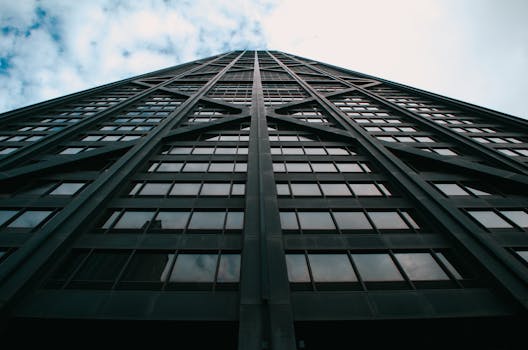Unveiling Future Trends: Your Guide to Commercial Construction Cost Forecasts

Predicting the Future: Commercial Construction Cost Forecast
Predicting the Future: Commercial Construction Cost Forecast
Introduction
As dawn breaks over the city, the silhouette of cranes and construction sites paint a picture of constant growth and change. The commercial construction industry is a dynamic entity, constantly adapting to market demands, environmental changes, and technological advancements. However, this constant change brings with it a degree of uncertainty, particularly regarding construction costs.
Understanding the Forecasting Process
Forecasting commercial construction costs is a complex task, involving data analysis, trend recognition, and instinct. It may seem like a daunting task, but understanding the key factors that influence it can make it easier.
Material Costs
Material costs are subject to constant change, fluctuating with supply and demand. Recent events such as the COVID-19 pandemic have disrupted global supply chains, leading to a surge in the cost of materials like lumber and steel.
Labor Rates
Labor rates play a significant role in construction costs. With a shortage of qualified workers, the cost of skilled labor is on the rise, a trend expected to continue and push construction costs further.
Economic Climate
The economic climate is the unpredictable element in the cost forecast. Economic downturns can lead to tighter lending conditions and reduced investment, while economic booms can trigger increased demand and higher costs.
Leveraging Technology for Cost Forecasting
Advanced software tools can analyze vast amounts of data, identifying trends, and predicting future costs with remarkable accuracy. These tools can be a game-changer, enabling you to plan your projects with greater certainty and confidence. However, it's essential to balance the data with your knowledge and experience.
The Future of Commercial Construction Cost Forecast
The future of commercial construction cost forecast is a mixed bag. Material costs and labor rates are expected to continue rising, pushing up construction costs. However, technological advancements and increased efficiency could help offset these increases.
Conclusion
Forecasting commercial construction costs is a complex task, but not impossible. By understanding the key factors, keeping a close eye on trends, and leveraging technology, you can navigate the cost forecast with confidence. In the world of construction, the only constant is change. So, embrace the challenge and prepare to build the future.



